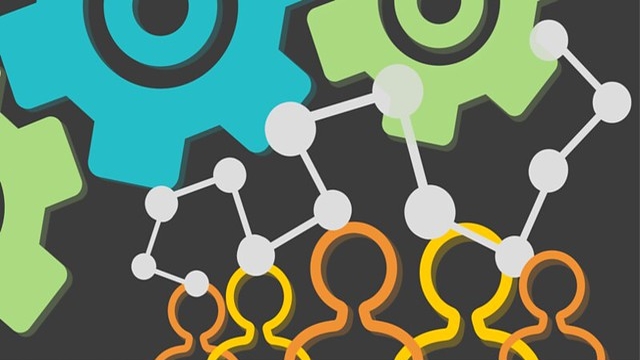
Co-creative approaches to knowledge production and implementation series (part 4): What frameworks and tools can facilitate co-creation?
This article is part 4 of a series of articles based on a special issue of the journal Evidence & Policy.
In their editorial, guest editors Metz, Boaz, and Robert1 report that two practice articles in the special issue (Bammer; Zurbriggen & Lago) identify specific tools and processes for facilitating and studying co-creation.
Bammer2 proposes the Integration and Implementation Sciences (i2S) framework to systematically consider multiple stakeholders’ contributions.
Bammer posits how this framework can be used to study co-creation processes and how elements of complexity might be systematically addressed. Bammer makes use of an existing tool, developed by the International Association for Public Participation, for assessing how best to involve specific stakeholder groups during the co-creation process.
This raises the important point that when dealing with multiple stakeholder groups, co-creation processes need to understand and address how best to involve different stakeholders. Do all stakeholders need to be engaged in the same way for the same purpose? Is empowerment the end goal for all or indeed any stakeholders? Or are different engagement strategies appropriate depending on the relevant stakeholder input?
Zurbriggen & Lago3 introduce a Roadmap used to study and improve co-creation in a public innovation lab project in Uruguay.
Zurbriggen & Lago encourage a shift beyond simply measuring outputs (for example, number of workshops, number of stakeholders who attend workshops, number of prototypes developed) to using methods that embrace learning and mutual consultation to understand and improve co-creation efforts over the course of an initiative. The Roadmap provided a fundamental contribution to the Uruguayan public innovation lab, supporting the acquisition and use of data that provided feedback on tools and ideas to enhance co-creation.
Next part (part 5): Case study of a co-creative approach to providing technical assistance.
Article source: Adapted from the Evidence & Policy special issue Co-creative approaches to knowledge production: what next for bridging the research to practice gap?, CC BY-NC 4.0.
Acknowledgements: This series has been made possible by the publication of the special issue as open access and under a Creative Commons license. The guest editors and paper authors are commended for their leadership in this regard.
Header image source: Adapted from an image by Michelle Pacansky-Brock on Flickr, CC BY 2.0.
References:
- Metz, A., Boaz, A., & Robert, G. (2019). Co-creative approaches to knowledge production: what next for bridging the research to practice gap?. Evidence & Policy: A Journal of Research, Debate and Practice, 15(3), 331-337. ↩
- Bammer, G. (2019). Key issues in co-creation with stakeholders when research problems are complex. Evidence & Policy: A Journal of Research, Debate and Practice, 15(3), 423-435. ↩
- Zurbriggen, C., & Lago, M. G. (2019). An experimental evaluation tool for the Public Innovation Lab of the Uruguayan government. Evidence & Policy: A Journal of Research, Debate and Practice, 15(3), 437-451. ↩
Also published on Medium.


